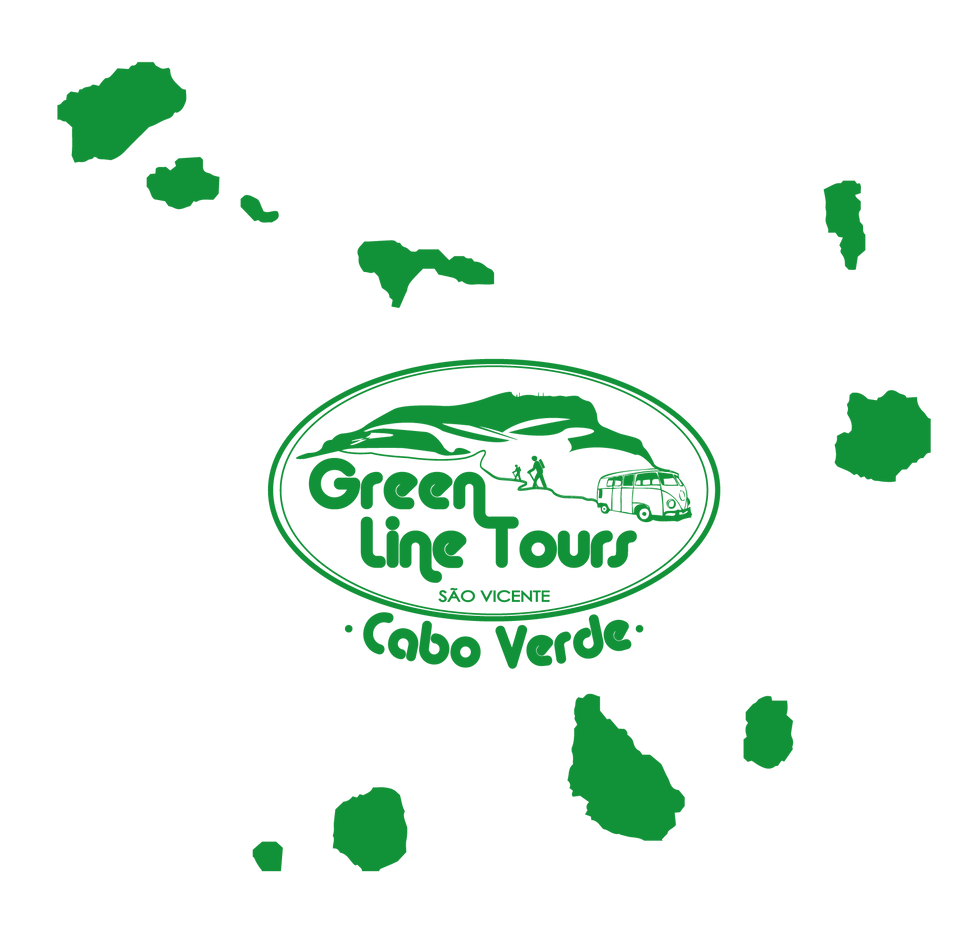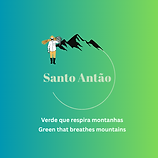
Cabo Verde



What? Where? When? How?
O que é Cabo Verde?
Um país, Dez Ilhas, cada uma com características, estilo de vida e paisagens únicas. Uma cultura rica, história transatlântica, praias imaculadas, montanhas majestosas, vulcões, gastronomia deliciosa, uma experiência única para uma alma que anseia por descobertas.
Onde estamos localizados?
Cabo Verde é um país insular, com uma área de 4.033 km², constituído por 10 ilhas, 9 das quais habitadas. O arquipélago está localizado no Oceano Atlântico, a 455 km da costa da África Ocidental, na mesma latitude do Caribe, e faz parte do arquipélago atlântico, juntamente com os Açores, a Madeira, as Selvagens e as Canárias.
As ilhas estão divididas em dois grupos: Barlavento (Barlavento), a norte, e Sotavento (Sotavento), a sul. No grupo do Barlavento estão as ilhas da Boa Vista, Sal, Santo Antão, Santa Luzia (reserva natural desabitada), São Nicolau e São Vicente. E os ilhéus Branco e Raso, entre as ilhas de Santa Luzia e São Nicolau, os ilhéus de Pássaros, na ilha de São Vicente, os ilhéus de Rabo de Junco, ao largo da ilha do Sal e os ilhéus de Baluarte e Sal Rei, na costa da Boa Vista.
O grupo de Sotavento é composto pelas ilhas Brava, Fogo, Maio e Santiago. E pelos ilhéus de Santa Maria, junto à ilha de Santiago, e pelos ilhéus Grande, Rombo, Baixo, de Cima, do Rei, Luís Carneiro, Sapado e Areia, que se encontram mais próximos da ilha Brava. Santiago é a maior ilha, com 991 km², seguida de Santo Antão, com 779 km². Brava e Sal são as duas ilhas mais pequenas, com 62,51 km² e 219,8 km², respetivamente.
Climate
O clima subtropical, com temperaturas médias em torno de 25 graus Celsius/77 graus Fahrenheit durante todo o ano, faz do país um atrativo para quem gosta de sol 365 dias por ano. A chuva escassa dá um ar de graça na chamada estação chuvosa, que transforma o arquipélago em um extenso manto verde, especialmente entre agosto e novembro.
History
A história assinala 1460 como o ano da descoberta das ilhas de Cabo Verde, pelo português Diogo Gomes e pelo genovês António da Noli, a mando do Infante D. Henrique, obreiro do expansionismo português, que serviu o rei de Portugal, D. Afonso V São Cristóvão (Boa Vista), Lhana (Sal), São Jacob (Santiago), São Filipe (Fogo), Maias (Maio), foram as primeiras ilhas encontradas. As ilhas de Santo Antão, S. Vicente, S. Nicolau, Santa Luzia e S. João (Brava) foram descobertas entre 1461 e 1462.
Dada a sua posição estratégica, nas rotas que ligavam a Europa, a África e o Brasil, as ilhas serviam como entreposto comercial e de abastecimento, com especial destaque para o tráfico de escravos. Rapidamente, o arquipélago tornou-se um centro de concentração e dispersão de homens, plantas e animais.
Com a abolição do tráfico de escravos e a constante deterioração das condições climáticas, Cabo Verde entrou em declínio e passou a viver com base numa economia pobre e de subsistência.
Europeus livres e escravos da costa africana se fundiram em um único povo, os cabo-verdianos, com um modo de ser e viver muito próprio, e o crioulo surgiu como a língua da comunidade majoritariamente mestiça.










